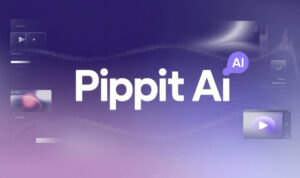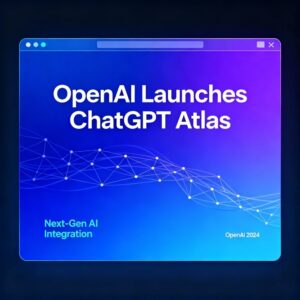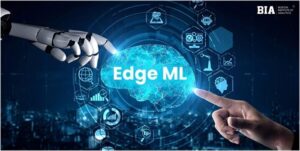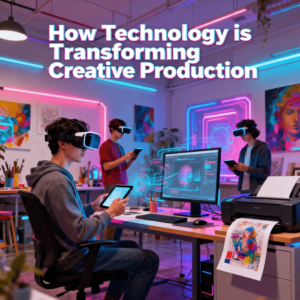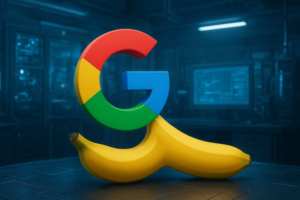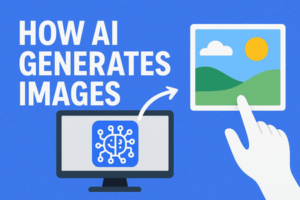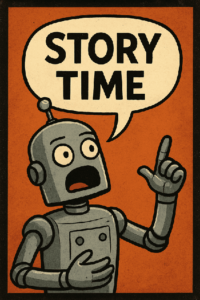Table of Contents
The Future of Human-AI Collaboration in Creative Industries
Artificial intelligence is no longer just a background tool in creative work. It is fast becoming a collaborator that changes how ideas are shaped and shared.
From music to film to digital art, AI is helping people explore possibilities that were once impossible. Yet, the real magic lies not in replacing humans but in combining our imagination with machine precision.
We are heading into a future where creative industries thrive on partnership. Instead of fearing automation, creators are finding ways to harness AI to work smarter and faster.
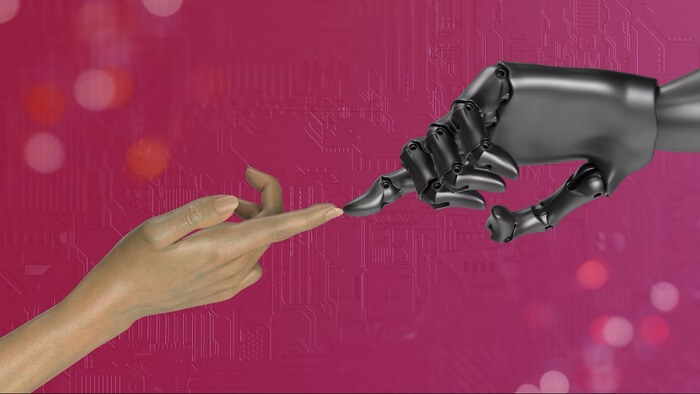
Blurring the Line Between Artist and Machine
What makes creativity so fascinating is the unpredictability of human thought. AI brings structure, speed, and the ability to analyze massive patterns. When these qualities mix, the result is a new kind of artistry.
A filmmaker might use AI to suggest visual styles, but the emotional storytelling remains uniquely human. A musician may let AI experiment with harmonies, yet the soul of the song is still their own.
This mix does not diminish human input, but enhances it. Think of AI as a creative partner that works tirelessly to expand the limits of imagination. The more people experiment with this partnership, the richer and more diverse the creative industries become.
Rethinking UI and UX Design with AI
Designers used to spend endless hours testing layouts, colors, and patterns to see what clicks with users. Now, AI tools can analyze behavior data to recommend improvements instantly. The designer still decides what feels right, but AI shortens the time it takes to test and refine.
AI web development shows this partnership in action. With an AI website builder, the web development process becomes less overwhelming for both beginners and professionals.
As Hocoos notes, website design and development no longer need weeks of manual coding to get a concept off the ground. In just minutes, AI can help you build the entire website from scratch, allowing you to make visual or functional changes later on. The technology does the heavy lifting, while humans give the site its unique voice and personality.
Storytelling in the Age of AI
Stories have always defined creative industries. Whether through novels, ads, or films, narratives shape how audiences connect with art and ideas. AI tools are now being used to generate drafts, suggest plot twists, or even mimic writing styles.
Yet, they do not remove the need for human storytellers. People crave authenticity, emotion, and lived experience. These qualities cannot be replaced by algorithms.
That’s why creators now use complementary tools like eye contact AI and an online teleprompter to maintain natural delivery and emotional presence when sharing their stories through video or live readings.
The future of storytelling will be one where AI fills the gaps. Imagine an author struggling with writer’s block. Instead of waiting for inspiration, they can lean on AI to suggest scenarios.
The author can then reshape those ideas into something deeply personal. It becomes a cycle of inspiration and refinement rather than a handover of control.
Expanding the Music and Art Scene
Music and art are no strangers to technology. Digital synthesizers, editing software, and 3D modeling already revolutionized these industries years ago. AI is simply the next chapter. Musicians are experimenting with AI tools that generate unique sounds they can layer into compositions. Visual artists are using AI to test thousands of design variations in seconds.
This is not about taking shortcuts. It is about finding creative sparks in unexpected places. The collaboration between human emotion and machine output can lead to work that feels fresh and exciting.
As AI becomes more accessible, we will likely see an explosion of new styles and formats that challenge traditional categories.
The Challenge of Authenticity
Of course, not everything is smooth sailing. Audiences are becoming increasingly sensitive about what feels authentic.
Recently, popular English singer-songwriter Ed Sheeran came under fire after he was accused of using AI for crafting lyrics for his new album, Play. Critics took it a step further by branding parts of the album as “cheesy” and “lifeless.”
Another incident saw the police being called at a convention after an artist was accused of selling AI-generated artwork. If an artwork or a piece of music feels too machine-made, it risks losing its emotional pull. That is why creators must remain deeply involved.
The human element is not only important; it is irreplaceable. The challenge for creative industries will be balancing transparency and trust.
When AI contributes to a project, audiences should feel that it enhances the experience without replacing the human touch. Finding this balance will define how well AI fits into creative spaces long-term.
Looking Ahead
The future of human-AI collaboration in creative industries looks less like competition and more like teamwork. Every major creative field is learning how to use AI as a supportive force. Whether in UI design, storytelling, music, or visual art, the partnership is reshaping how we imagine and build.
Instead of fearing change, we can look at this shift as a way to stretch our creative muscles. AI might offer endless variations, but the final choice remains ours. It is that choice, rooted in emotion and individuality, that makes creativity so special.
